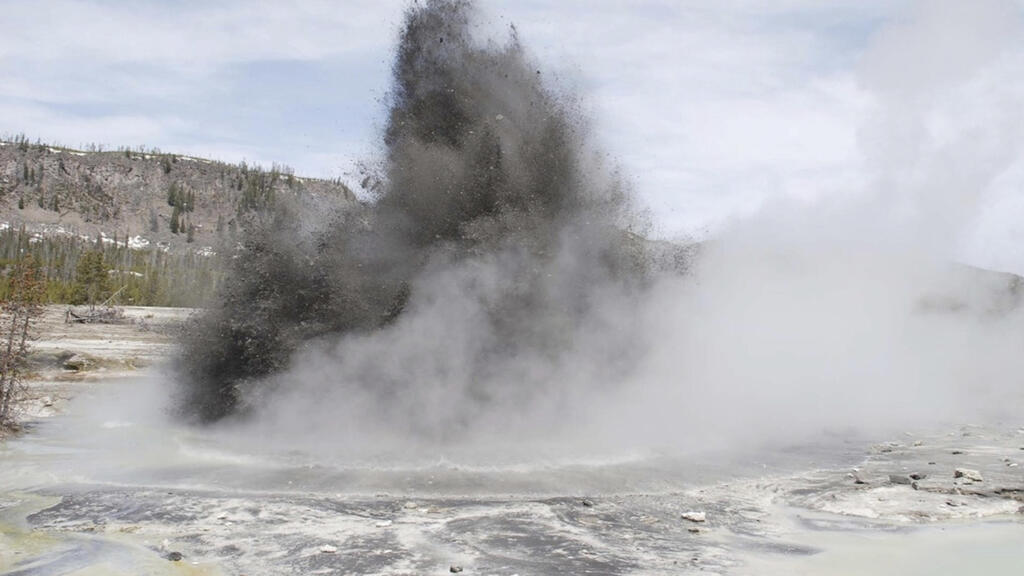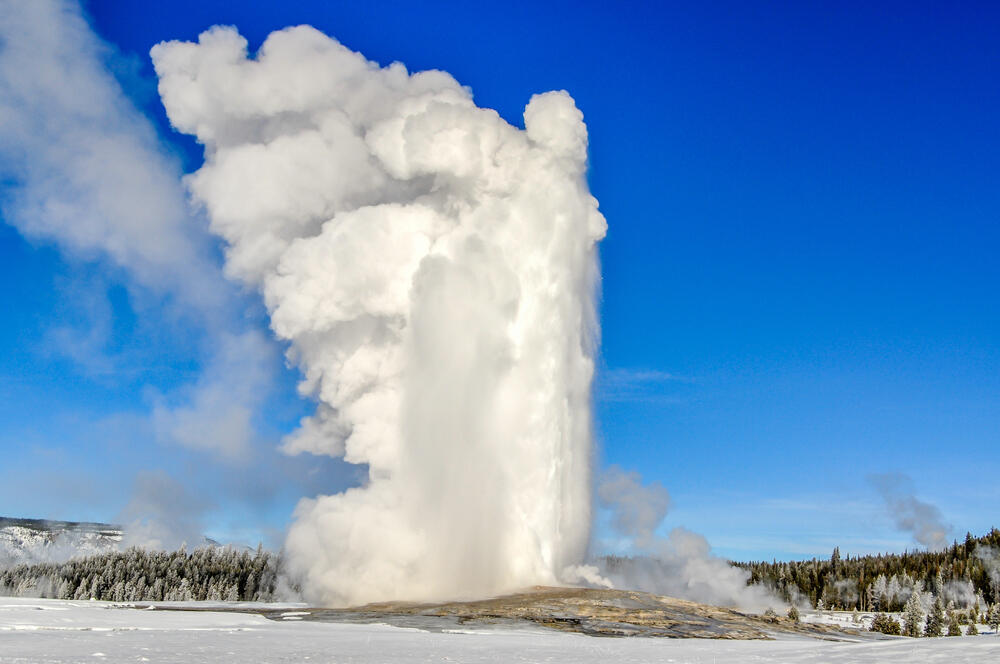Getting your Trinity Audio player ready...
The eruption
(Video: Youtube)
Documenting a geyser eruption can be a captivating experience, but when it occurs unexpectedly, it can also be highly perilous. The following is a detailed account of the recent hydrothermal eruption at Yellowstone National Park in Wyoming.
The sudden hydrothermal eruption, which took place in Yellowstone National Park, released massive clouds of steam and dust, according to a report from the US National Park Service (NPS). This event prompted park visitors to flee and subsequently led to the closure of the area.
Videos shared on social media depict dozens of people along the park's boardwalk running away from the eruption site, which reached a height of about 100 feet, located north of Old Faithful, one of the most renowned geysers globally. The eruption occurred in Biscuit Basin, an area known for its geysers and vividly colored thermal pools, including the nearby Sapphire Pool.
Fortunately, no injuries were reported from the eruption, which occurred on Wednesday morning (local time). However, representatives from the US Geological Survey (USGS) indicated that the nearby boardwalk would require several repairs. Although this eruption was relatively minor compared to previous occurrences in the park, the visually striking event was still deemed quite hazardous.
Similar to how blockages in a plumbing system can cause significant issues, it is possible that blockages formed, leading to the accumulation of heat and pressure in the passage beneath Biscuit Basin, converting the water to steam and ultimately causing a powerful eruption. "The event happened within seconds," said Vlada March, a real estate agent from California who was visiting Yellowstone National Park with her family at the time, to the AP. "The explosion turned into a black cloud that covered the sun."
According to NPS officials, this eruption does not indicate an increase in volcanic activity beneath Yellowstone National Park. As mentioned, it was a minor event compared to past hydrothermal occurrences in the park, including a series of eruptions 13,800 years ago on the northeast side of Yellowstone Lake. These eruptions created a 1.5-mile-wide crater, the largest hydrothermal explosion crater on Earth. Currently, park staff and USGS geologists are closely monitoring the area and will reopen it to visitors once it is deemed safe.






